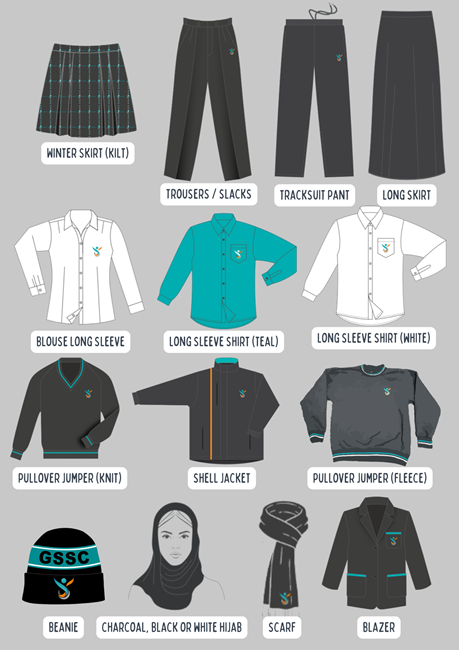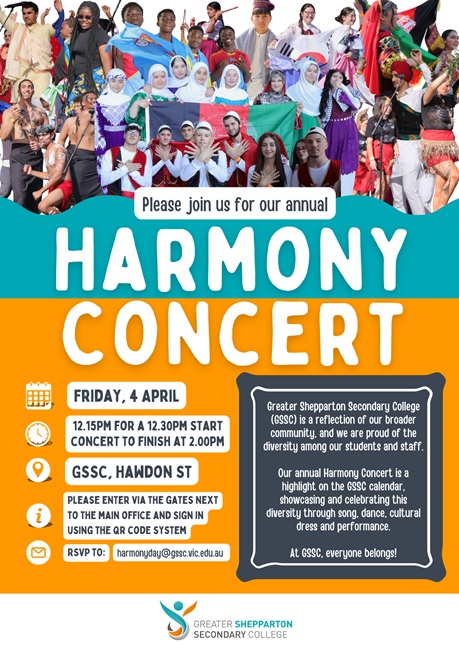Contact
mail@gemini-theme.com
+ 001 0231 123 32
Info
All demo content is for sample purposes only, intended to represent a live site. Please use the RocketLauncher to install an equivalent of the demo, all images will be replaced with sample images.





Follow